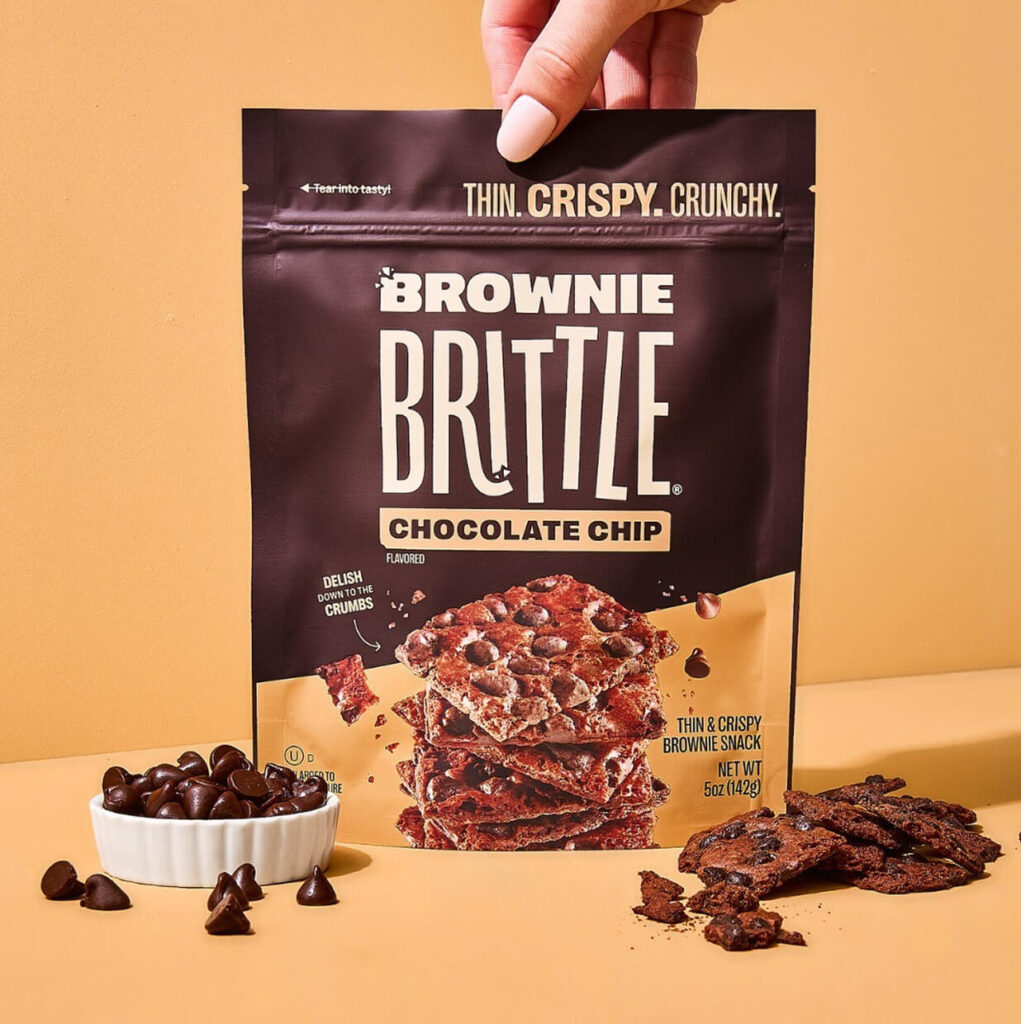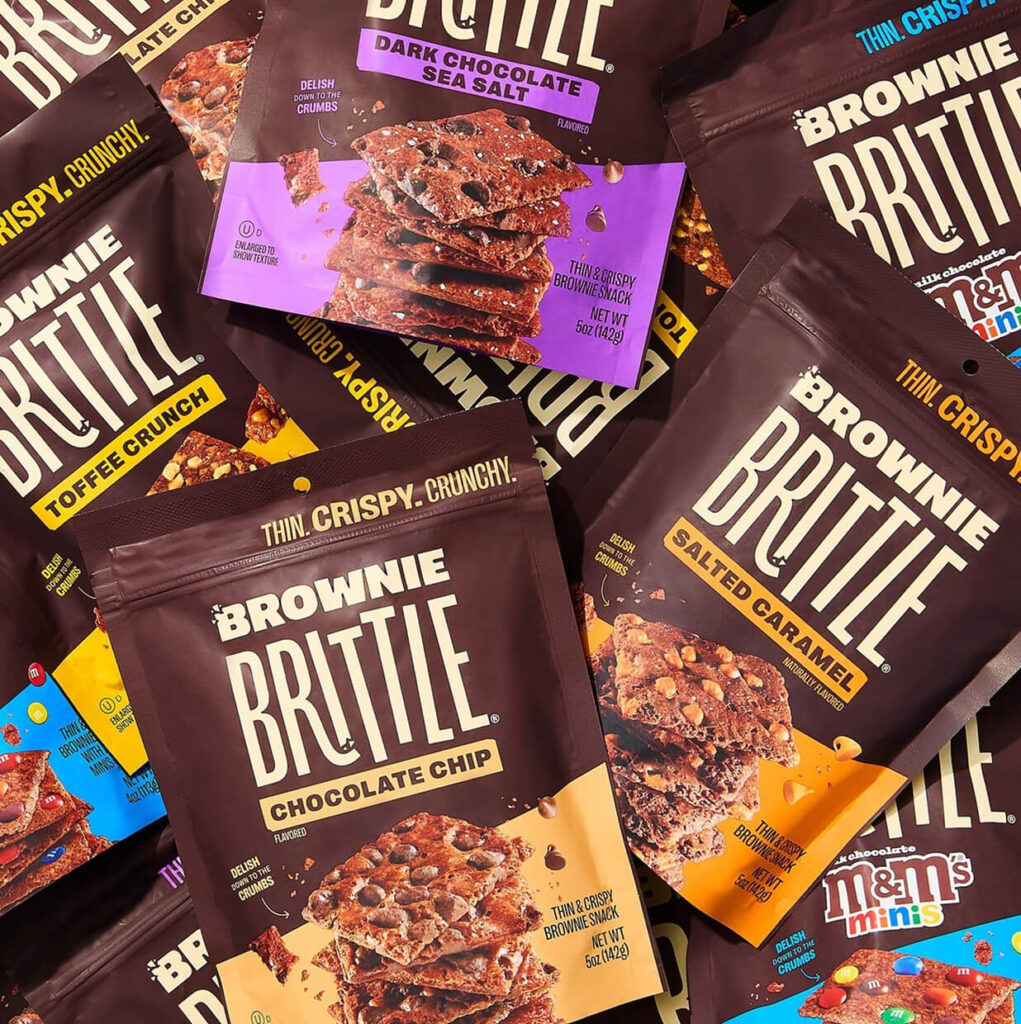Back when the main marketing channel was television, advertisers had the luxury of their messages landing on the eyes and ears of captive audiences. Now in a world dominated by media—with the average consumer encountering up to 10,000 ads per day—creating messages with mass appeal means paying money just to take up space.
Since the early aughts, marketers have been dialed in on the vast audience that is the millennial generation, and as that generation aged, marketer’s focus transitioned to capturing the attention of the coveted “Millennial Mom.” A popular audience definition to this day, that we’re here to tell you doesn’t exist. While the Millennial Mom archtype is driven by demographic data points, we vouch for values-driven audiences.
It takes more than the broad strokes of a shared age bracket and location to build an effective, valuable audience for a brand.
Before getting started, it’s important to level-set on what the definition of an audience truly is. Too often, the term ‘audience’ gets put into practice as a stereotype or a media trope. Think the Huggies ‘Dad Test’ commercial or Burger King’s ‘Women Belong in the Kitchen’ ad. Though these marketing efforts are well intentioned, more often than not the “audience” they’re trying to appeal to is so broad, the brand’s representations of that audience comes across as offensive and alienates exactly why they were trying to attract.
So how do you define ‘audience’ and how do you reach them? An easy way to define an audience is to think of it as a behavioral segment. There is more to them than just their age or gender. Once you’ve established this as your reference point, the trick to reaching them is in personalization. If you speak to everyone, you speak to no one. But if you speak to a fully realized persona with a specific set of needs, you drastically increase the potential for success connecting with your ideal targeted group of consumers. In fact, 66% of consumers expect companies to understand their personal needs (1).
Let’s try this on the non-existent Millennial Mom. To make this a more effective audience, look beyond the demographics (females, 35–40, with children under 18, college educated, etc.) and understand what values unite your shoppers. Do they care about ingredients, how much? Are they a die-hard Whole Foods shopper or a Trader Joes/local farmers market kind of woman? How do the kids fit into their shopping experience? How often are they exploring new products? What does their social circle look like? While you can get a good understanding of your audience through quantitative research (talking to shoppers, watching their habits, and recording trends and feelings), the best way to dive deep into your audience is with a shopper profile and journey map. The shopper profile will combine quantitative feelings with qualitative facts, essentially giving the data to back up a hunch and qualifying if the size of an audience is even worth pursuing for a brand. Take it one step further and map out your shopper’s journey to understand how their feelings, drivers, and desires relate to key touchpoints with your brand.






